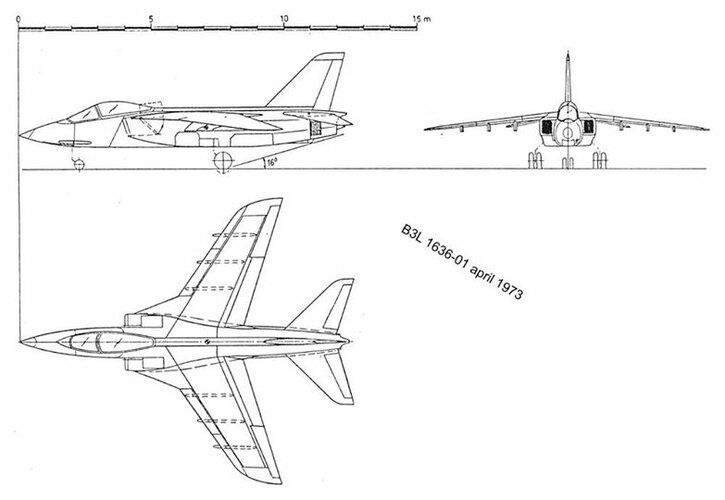Sweden Studies Viggen Replacement
Swedish defense ministry has initiated a study, designated Project 80, to develop an advanced aircraft to replace the Saab AJ37 Viggen attack version after 1985. The order coincides with deployment of the first operational AJ37 squadron. Meanwhile, the ministry also has ordered a production start on a new sea surveillance/attack Viggen variant.
Emphasis on hardware has been maintained this year at the expense of personnel strength, with manpower cuts having been made in all three branches of service. The moves reflect a Swedish desire to maintain a highly visible deterrent capability in conjunction with its politically neutral stance. Maintenance of a technologically strong defense posture is seen in Stockholm also as a means of enhancing hardware sales to other neutral and small nations.
Sweden has sold a squadron of Saab Draken fighters to Finland under an offset arrangement by which the aircraft will be assembled almost wholly in Finland. A similar offer is now being considered by the Dutch in connection with a proposed purchase of the Viggen. Sweden in now negotiating with Austria for the sale of Drakens. Defense budget for 1973-74, now up for parliamentary approval, contains a total of $1.57 billion (1972 dollars), an increase of $96.3 million over the previous fiscal year. Of the sum, the air force will receive $469.9 million. an increase of $39.3 million. Approximately $182.9 million has been earmarked for air force hardware procurement. The current budget is part of a $7.12-billion plan approved last year to cover the period ending 1978. The long-range plan envisions continued delivery of the Viggen, both in attack and trainer versions, with a continuation of development work and a
production start on the fighter version.

